Planting rules and secrets of caring for clarke in the open field
Flowering herbs, although they cannot boast of the luxurious grandeur of the queens of flower beds - roses, lilies, azaleas, orchids, are quite capable of competing with them, possessing a lot of advantages. For those who want to take care of the plants simple and not burdensome, the best way to decorate the site will be to plant clarke in open ground. This amazing culture is distinguished by long and lush flowering. Its petals can be painted in a wide range of shades from snow white to deep purple. Clarkia is good in single plantings, but it also looks impressive next to other ornamental plants.
Correct site
The culture is found in the wild in North America (mainly in the western part of the continent) and in Chile. The success of her cultivation in the garden depends on the conditions of detention. Clarkia is not capricious, but for the full development of a plant in open ground, it is important to correctly position the flower bed and ensure the structure and quality of the soil that is most suitable for it. This flower needs a lot of light, it is advisable to plant it in open sunny areas. In shady places, it will not die and will even delight you with thick green foliage, but it will give few buds. The plant is not afraid of frosts and drafts.
The soil in which the clarkia is planted should be light and loose. Through such a porous soil, air and water will freely pass to the root system of the plant. With regard to the moisture content of the earth, the golden mean is important. The flower does not tolerate dampness, but excessive dryness of the soil will not benefit it. In heavy soil that retains moisture for a long time, its development slows down, and the roots become vulnerable to fungal diseases. Proper planting requires good drainage. If the groundwater in the area is close to the surface of the earth, it is better to fill in high beds for clarkia.
In poor soils, the culture does not develop well, its flowers are small and few in number. Planting it is preferable in a fertile, but without excess of nutrients substrate. Clarkia can die in the greasy earth, so it is diluted with sand. The flower grows best on slightly acidic soils.
If the soil on the site does not have the desired reaction, it must be prepared. The soil can be acidified by adding sulfur to it before digging (at the rate of 60 g per 1 m²) or 1-1.5 kg of peat for the same area. Another way is to water the ground with water in which oxalic or citric acid is dissolved (1.5 tbsp. Of the drug is taken for 10 liters of water). Excessive acidity of the soil is neutralized with lime.
Features of sowing in the ground
The increased cold resistance of the culture allows sowing its seeds directly into open ground. They can be planted in spring or autumn, before winter. Many gardeners grow clarke seedlings. This method has its advantages. Plants bloom in a flowerbed faster than specimens sown directly into the ground, but they take more time to take care of themselves. In addition, if clarkia is bred in a reckless way, its seedlings will turn out to be stronger and more viable. The stems of the plants will be strong and strong, and the buds will be large.
In open ground, sowing of flower seeds is carried out in the last decade of April or in early May. The plot is preliminarily prepared by digging it up with peat (at the rate of 1 kg per 1 m²). Potassium sulfate and superphosphate are applied as mineral fertilizers (1 tbsp. L of the preparation 1 m²). It is important to dig it no later than 14 days before planting the clarke.
The seeds of the plant are small.Sow them in nests, placing 4-5 pieces every 20-40 cm. It is not necessary to deepen the seeds much. They are lightly pressed into the soil and covered with a thin layer of soil. In 14-20 days, the flower will give friendly shoots. When they are a little older, they will need thinning care.
Advice
In dense plantings, blooming clarkia looks more spectacular, so you should not make seedlings too rare.
If the seeds are sown in the fall, then most often they germinate even before severe cold weather. Seedlings covered with snow tolerate winter well. If the young sprouts did not have time to hatch before the frost, there is no need to be upset. They will do it in the spring. The care of clarkia overwintered in the soil is necessary the same as for plants planted in spring.
The subtleties of growing seedlings
To obtain viable seedlings, flower seeds are usually sown in March. In this case, its buds will bloom at the beginning of summer. The boxes are filled with slightly acidic soil, on the surface of which the seeds are laid. They are slightly pressed down, it is more convenient to do this with a board. Then the plantings are sprayed with water, covered with glass or foil and placed for germination in a warm, well-lit and ventilated place. Direct sunlight should not fall on them.
When Clarkia rises, the glass is removed from the container. It is not recommended to transfer boxes with seedlings to another place. They need warmth, light and good ventilation until they are planted on a flower bed. Taking care of sprouts includes picking them. It is carried out early, when the seedlings release the first full leaves.
Seedlings are placed in open ground in May. Plants are taken out of the box carefully in groups of 3-4 copies. In order not to damage the delicate roots, young clarkies with an earthy clod are extracted. The soil is not shaken off from them, but planted in prepared holes along with it. 20-40 cm of free space is left between adjacent groups of flowers. It is better to plant plants immediately in a permanent place. Clarkia transplant is easily tolerated only in the early stages of development. Older plants often die after it.
To facilitate the care of flowers, small wooden stakes are immediately installed near the holes. When the seedlings grow up, their fragile stems will be able to lean on them. When breeding several varieties of clarke, a considerable distance must be made between the beds, since the flowers are easily pollinated. Planting ends with watering. It is advisable to pinch the tops of the shoots slightly, then the plants will begin to bush and their decorative effect will increase.
Agrotechnics
Outdoor clarkia care is typical of most annual flowers. It includes
- watering;
- getting rid of weeds;
- loosening the soil;
- top dressing;
- removal of wilted buds.
If the summer is rainy, additional watering will not be required for the flowers, they will have enough precipitation. In dry weather, the beds need to be moistened regularly, but in moderation. This is usually done every 3-4 days. With proper watering of clarke, water is quickly absorbed into the soil. It should not stand in the hole. The topsoil should dry out between waterings. Excess moisture, like its stagnation, is detrimental to plants. If their roots are constantly damp, this can provoke the development of all kinds of rot.
In order for clarkia to bloom for a long time and abundantly, it needs to be fed often. Organic fertilizers are not suitable for her. To provide the bushes with useful substances, it is better to use complex mineral preparations. Care is carried out in the form of dressings every 2 weeks.
The plantings are regularly inspected, removing wilted flowers, formed seed pods and withered leaves from the plants. So clarkia will delight the eye with new buds longer. In addition to preserving the decorativeness of the flower bed, this procedure serves as a good prevention of disease and pest damage to bushes. If you plan to collect clarke seeds, then the wilted flowers on the selected plants are left to ripen, not forgetting to pinch the top of the shoot. This will speed up the process.When breeding tall varieties of culture, caring for the bushes includes tying to supports.
Collecting seeds and preparing for winter
After the fruits of the clarke ripen, the seed pods open and their contents spill out onto the ground. In the spring, new shoots appear on the site of last year's plantings, so you don't have to sow flowers on purpose. It will only be necessary to carefully thin out the hatched plants. If you need to collect seeds, then this procedure will not bring difficulties.
While the clarkia buds have not yet wilted, you need to choose the largest and most beautiful of them. When they fade, they are tied with gauze, it will protect the ripe seeds from rash. If the box is brown, it means that it is already ready for cutting. This usually happens a month after the plant has faded. The seeds are poured onto a newspaper to dry. If they are not sown before winter, then they are placed in a paper bag, where they are stored until spring planting.
When the flowering period of the clarke is over, it is cut off at soil level. Before the autumn digging of the site, the remains of the plant are removed from the soil and destroyed. Experienced gardeners advise burning them. Such a procedure will help protect the soil and other plants from infection with dangerous diseases, the pathogens of which can start in unharvested parts of flowers.
Clarkia is a very beautiful and unusual plant. Its grace and delicate charm have come to the liking of gardeners who have been successfully cultivating culture on their plots for more than two centuries. They are also attracted by the versatility and versatility of the plant. Clarkies are good in flower beds and in flower beds. The variety of shades of their petals allows you to experiment by placing flowers in contrasting shades next to each other. Planting plants in containers and flowerpots will be a good solution when decorating verandas, balconies, outdoor terraces. Cut flowers stand in vases for a long time, admiring alternately blossoming buds for 2 weeks.
All these advantages are complemented by the amazing unpretentiousness of the clarke. She needs minimal care. It is worth observing the simple rules of plant farming, and its lush bloom will attract rapturous glances throughout most of the summer.
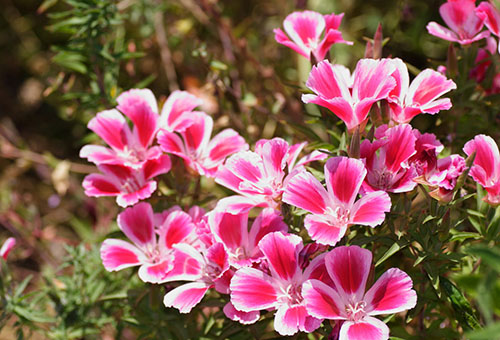
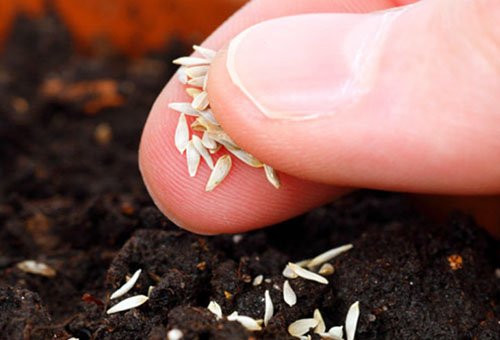
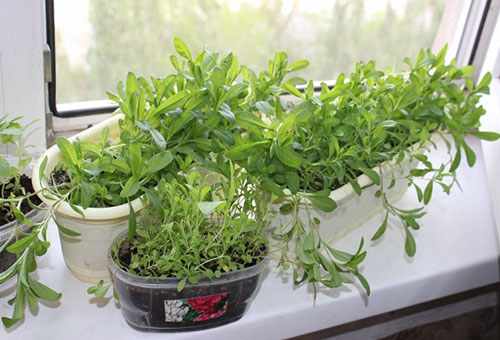
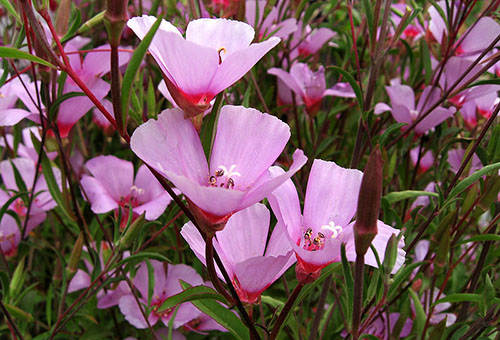

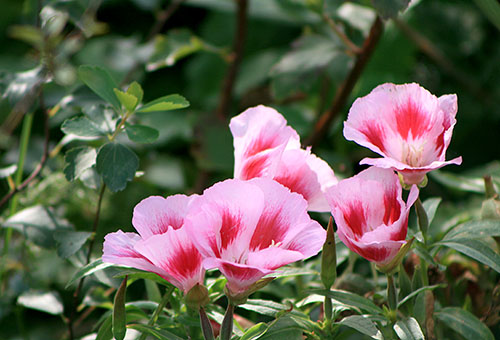
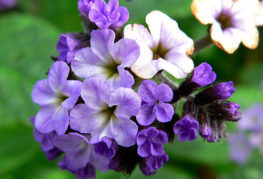
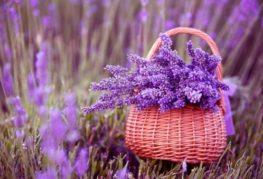
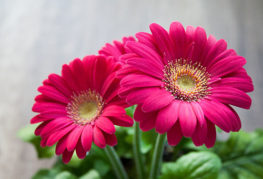
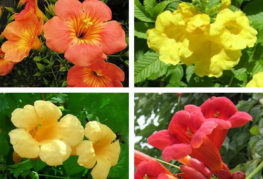
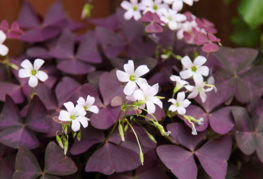
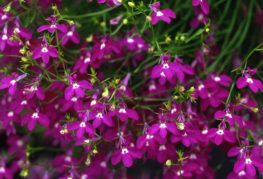
and will be published shortly.